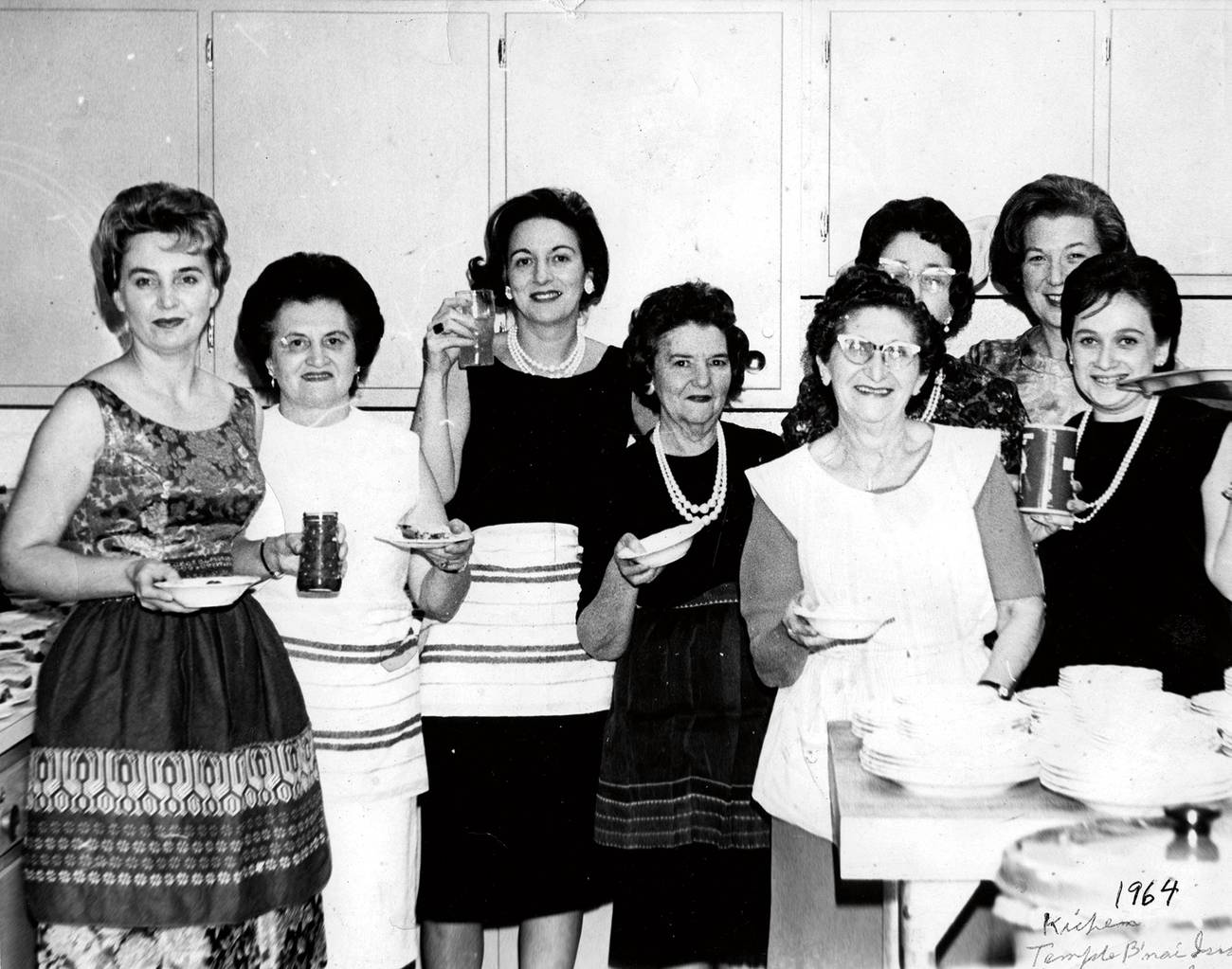South Carolina’s Jewish Culinary History
And a recipe for Hoppin’ John that’s perfect for Rosh Hashanah

Courtesy Temple B’nai Israel

Courtesy Temple B’nai Israel

Courtesy Temple B’nai Israel
By the time our grandparents made their way to South Carolina in the early 1900s, Jews had called the Palmetto State home for more than two centuries. Their story parallels those of fellow immigrant groups seeking safety and opportunity in the New World and, later, in the United States. By contrast, Africans who arrived here were brought as captives, shackled to a future with no hope of freedom. With each came a unique palate shaped by culture, stories of ancestry, love, and difficult journeys as well as ingredients and geography.
The earliest Jews arrived in South Carolina in the late 1600s. The majority were Sephardim, whose ancestors were exiled from Spain and Portugal during the Inquisition and sought refuge in the Protestant countries of Western Europe. Anita Moïse Rosefield Rosenberg, a direct descendent of these Sephardic Jews, remembers “the historical family names included: Moïse, Moses, Lazarus, Lopez, Harbie, Harby, Rodrigues, Solomon, Solomons, Benjamin, de Torres. And the history behind those names takes us back centuries.”
The long journey of some Southern staple ingredients—including okra, black-eyed peas, benne seed, yams, watermelon, and rice—began in Africa. West Africans have a long history of growing and preparing these global Southern foods. Kim Cliett Long writes about her first known paternal ancestor who arrived in Charleston in 1705 and the ubiquity of rice in the Lowcountry: “Among all the cultures, nationalities and nations, the most common food eaten in all is rice. Rice transcends all boundaries: social, cultural, economic, and ideological.”
Ashkenazim—Jews from German-speaking areas of Central and Eastern Europe—were present in South Carolina from the beginning. Their numbers swelled through the 18th century so that by the time of the American Revolution they accounted for most of the Jewish population. A new wave of German and Yiddish speakers arrived in the antebellum period and, by 1854, had organized the state’s first Ashkenazic synagogue, Brith Sholom, known locally as the Polish and German shul. Between 1880 and 1924, from the flood of Eastern European immigrants who passed through New York City’s harbor, a trickle flowed south, opening dry goods stores, groceries, dairies, and bakeries in cities and small towns across South Carolina. These Orthodox newcomers infused the cuisine with a dose of Old Country cooking and kashrut. Zalkin’s meat market and the Mazo brothers’ delis in Charleston, Charles Zaglin’s market in Greenville, Caba Rivkin’s grocery and deli in Columbia, and Jake Kalinsky’s itinerant shochet services in the Midlands served the needs of the kosher kitchen of the immigrants’ generation. In the years after World War II, this Old World influence was strengthened, tragically, by refugees and survivors of the Holocaust, who arrived in South Carolina traumatized but with a longing for foods they remembered from home. No matter how harrowing or hopeful the different circumstances and journeys of Jewish immigrants to the Palmetto State were, they brought their food cultures with them.
Excerpted from Kugels & Collards: Stories of Food, Family, and Tradition in Jewish South Carolina, by Rachel Gordin Barnett and Lyssa Kligman Harvey. © 2023 Rachel Gordin Barnett and Lyssa Kligman Harvey. Used by permission of the University of South Carolina Press.
Rachel Gordin Barnett and Lyssa Kligman Harvey live in Columbia, South Carolina. Founding members of the Historic Columbia Jewish Heritage Initiative, they created the Kugels & Collards blog to preserve and share Columbia’s Jewish history by collecting food stories, recipes, and photographs.